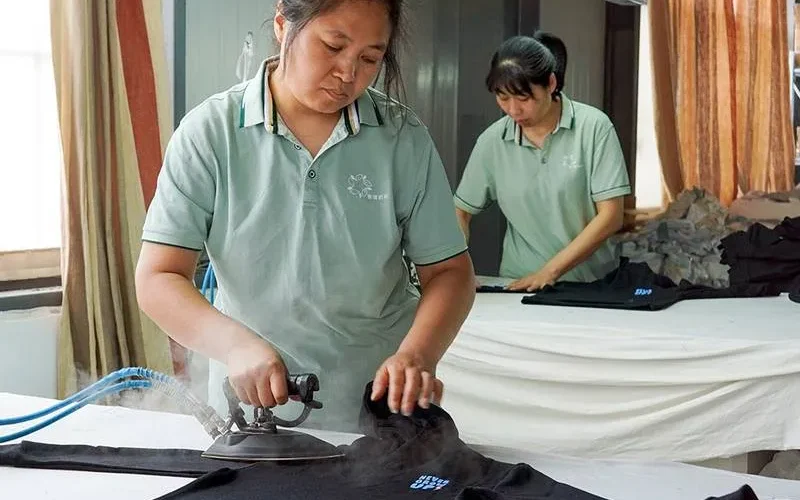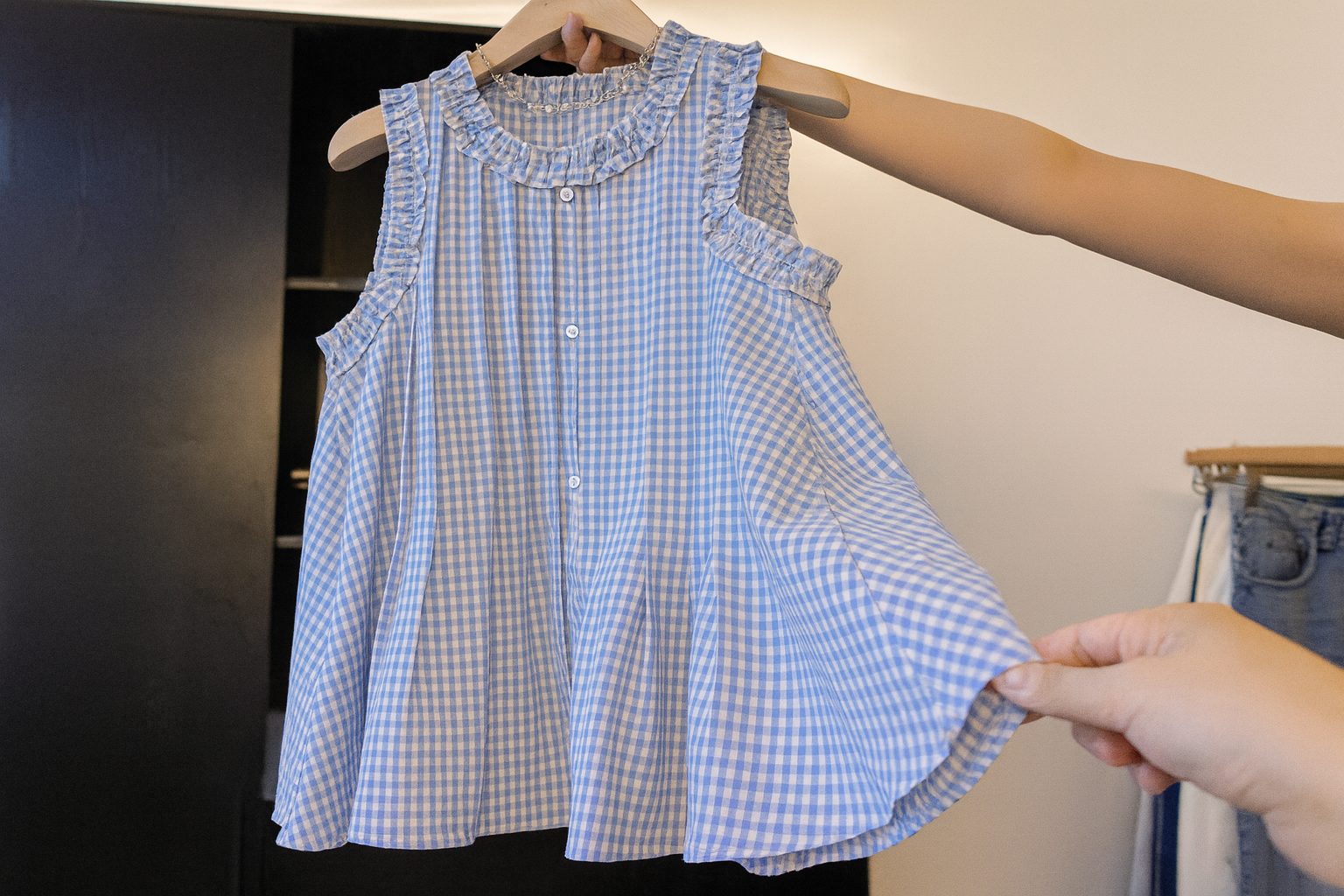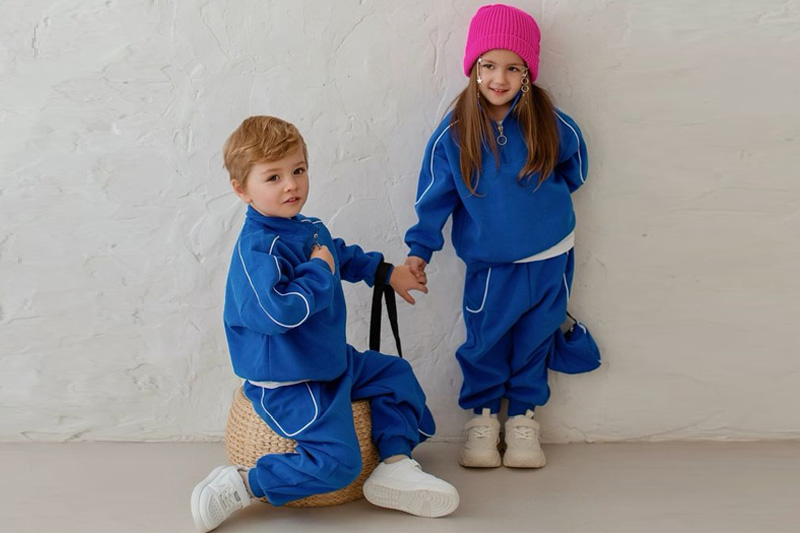Starting a kids' clothing brand is exciting, but I know firsthand how tough it is to pick the right manufacturer.
From my experience, start-ups should pay attention to quality, certifications, clear communication, on-time delivery, and trustworthy practices when choosing a children's clothing manufacturer.
Let's dive into what you need to know to make the best choice.
How to Start a Clothing Business for Kids?
Starting a kids' clothing business is both thrilling and challenging. I've been there, and I remember how overwhelming it felt at first.
From my journey, starting a kids' clothing business involves choosing a niche, designing products, partnering with a reliable manufacturer, and marketing effectively.
Defining Your Niche
Starting your own kids' clothing business might seem daunting, but breaking it down helps. Looking back to when I first helped a start-up, I recall the mix of excitement and confusion. First, figure out what makes your brand special. Is it organic materials, unique designs, or maybe matching outfits for parents and kids?
Designing Your Products
Once you have your niche, sketch out some designs or hire someone to bring your ideas to life. Creativity is key here, and it's where you can let your passion shine.
Finding a Reliable Manufacturer
Finding a reliable manufacturer is crucial. I've seen too many promising brands stumble because they didn't choose the right partner. Consider factors like quality control, communication, and certifications.
Planning Your Marketing Strategy
Don't forget about marketing. Social media can be your best friend when you're starting out. Platforms like Instagram and Facebook allow you to reach your target audience without a huge budget.
Here's a quick table to help you plan:
| Step | Action |
|---|---|
| 1 | Define your niche |
| 2 | Design your products |
| 3 | Find a manufacturer |
| 4 | Plan your marketing strategy |
Considering Logistics
When it comes to choosing a manufacturer, consider visiting trade shows or searching online. Look for reviews and reach out to other start-ups for recommendations. Also, think about logistics. How will you handle shipping, returns, and customer service? These are important details that can affect your brand's reputation.
Starting a business is never easy, but with careful planning and the right partners, you can make your mark in the children's clothing industry.
What Are the Most Important Considerations in Children's Clothing?
When it comes to children's clothing, certain factors are absolutely key. I always tell clients to focus on these aspects.
In my experience, the most crucial factors are safety, comfort, durability, and kid-friendly style.
Prioritizing Safety
Safety comes first, always. I can't stress enough how important it is to use materials that are safe and non-toxic. Parents are extremely cautious about what touches their children's skin.
Ensuring Comfort
Comfort is next on the list. Kids need clothes that let them move freely. Think soft fabrics, elastic waistbands, and no scratchy tags.
Focusing on Durability
Durability is another big one. Children play hard, and their clothes need to keep up. I've learned that investing in quality materials pays off in the long run.
Designing for Style
Style matters too, but it's not just about following trends. It's about creating designs that both kids and parents love. Bright colors, fun patterns, and practical designs are always winners.
Here's a quick checklist:
- Safety: Non-toxic materials, no small detachable parts.
- Comfort: Soft fabrics, good fit, easy to wear.
- Durability: Strong stitching, quality materials.
- Style: Appealing to kids, practical for parents.
Importance of Certifications
Don't overlook certifications. Having the right certifications assures parents of your product's safety. Consider certifications like OEKO-TEX Standard 100 or GOTS. These can be a significant selling point.
By focusing on these areas, you'll create clothing that stands out in the market. Trust me, parents notice the difference.
Who Is the Target Market for Children's Clothing?
Understanding your target market is essential for success. I often see start-ups overlook this crucial step.
From my perspective, the target market is parents and caregivers looking for quality and style at a good price.
Identifying Your Customers
Knowing who you're selling to shapes your entire business. Are you targeting new parents, or maybe grandparents who love to spoil their grandkids? Each group has different preferences and buying habits.
Considering Demographics
Don't forget about demographics. Consider the age range of the children, cultural factors, and even seasonal needs. Creating buyer personas can help you understand your customers better. This will guide your marketing and product development.
Understanding Shopping Habits
Also, think about where your customers shop. Are they online, in boutiques, or big retail stores? Meet them where they are.
Reaching Your Audience
Once you know who your target market is, you can tailor your messaging. Use social media platforms that your customers frequent. Engage with them through interactive content and personalized communication.
What Group Is the Biggest Consumer of Children's Apparel?
Identifying the biggest consumers helps you focus your efforts. I've found that certain groups consistently lead in purchasing children's clothes.
In my experience, parents between 25 and 40 buy the most children's clothing, seeking quality and value.
Age Group Insights
This age group is often in their prime earning years. They have the income to spend but are also mindful of value. They tend to be tech-savvy and shop online. Offering an easy-to-use website or app can increase your sales.
Values and Preferences
They also appreciate brands that align with their values. Eco-friendly materials and ethical manufacturing can be big selling points. Consider highlighting your sustainable practices.
The Power of Word-of-Mouth
Don't underestimate the power of word-of-mouth in this group. They often share recommendations with friends and family. Providing excellent customer service can turn customers into advocates for your brand.
What Is the Average Cost of Children's Clothes?
Pricing is a critical factor for both businesses and consumers. I get asked about costs all the time.
In my experience, children's clothes cost between $10 and $50 per item, varying by quality and brand.
Understanding Your Costs
Setting the right price is a balancing act. You need to cover your costs and make a profit, but also offer value to your customers. Consider the costs of materials, manufacturing, shipping, and marketing. Don't forget about overheads like website maintenance or store rent.
Here's a simple breakdown:
| Cost Factor | Estimated Percentage |
|---|---|
| Materials | 30% |
| Manufacturing | 25% |
| Shipping | 10% |
| Marketing | 15% |
| Overhead | 20% |
Pricing Strategies
Understanding these costs helps you set a price that works for you and your customers. For more on pricing strategies, check out this guide.
Offering Value
Remember, competitive pricing doesn't always mean being the cheapest. Offering better quality or unique designs can justify a higher price.
Conclusion
Choosing the right manufacturer sets the foundation for your success. I'm here to help you make the best choice.



